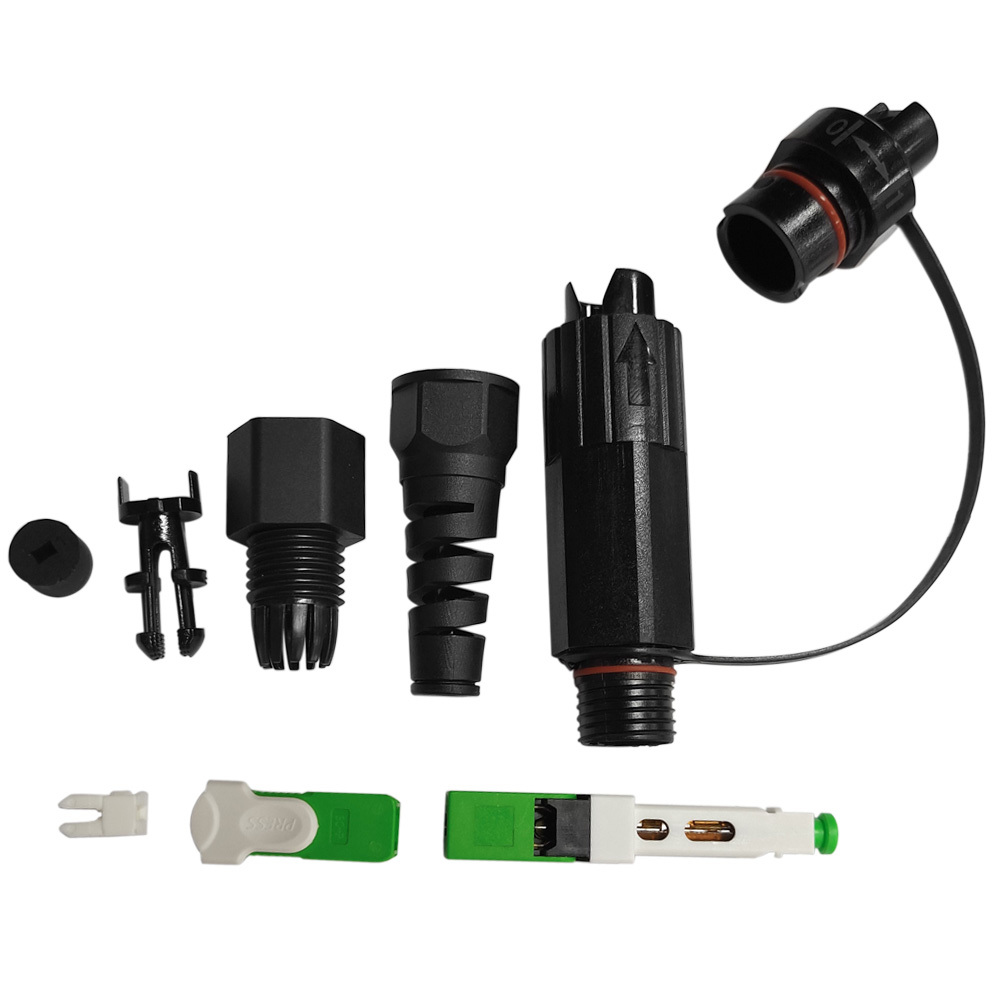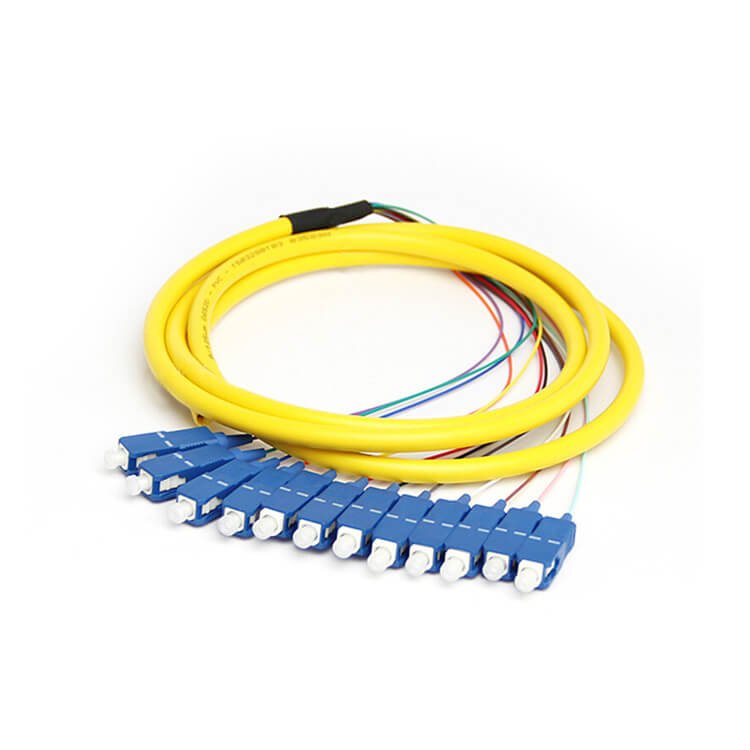

Fiber-to-the-Home (FTTH) is a broadband network infrastructure that uses optical fiber to deliver high-speed internet, TV, and telephone services to residential and commercial buildings. The installation of an FTTH network requires specific tools and materials to ensure a smooth and efficient process. In this article, we will explore the various tools and materials used in FTTH network installation.
1. Optical Fiber Cables


Fiber optic cables are the backbone of an FTTH network. They are made of thin strands of glass or plastic that carry data using light signals. The most common types of fiber optic cables used in FTTH installations are Single-Mode (SM) and Multi-Mode (MM) cables. Single-mode cables are used for long-distance communications, while multi-mode cables are suitable for shorter distances.
2. Fiber Optic Cable Cleaver:


A fiber optic cable cleaver is a precision cutting tool used to cleanly and accurately cleave or cut the fiber optic cable. It is crucial to ensure a clean and perpendicular break in the cable to maintain optical signal integrity. The cleaver is used before the termination process, and it helps to achieve low insertion losses and improved optical performance.
3. Fusion Splicer:


A fusion splicer is an essential tool for joining or splicing two fiber optic cables together. It ensures a low-loss connection between fibers by fusing them using an electric arc. This tool is used to create permanent and reliable connections in an FTTH network. Fusion splicers come in several types, including core alignment splicers and clad alignment splicers, each suitable for different applications.
4. Fiber Optic Power Meter:


A fiber optic power meter, also known as an optical power meter, is used to measure the power or light intensity of an optical signal. It helps in verifying the performance of the fiber optic network installation by measuring and documenting the power levels throughout the network. The power meter is an essential tool in troubleshooting and maintaining the quality of the FTTH network.
5. Fiber Optic Cleaning Kit:


Maintaining clean and contamination-free fiber optic connectors is crucial for reliable network connectivity. A fiber optic cleaning kit includes lint-free wipes, cleaning solutions, and cleaning sticks designed to remove dirt, dust, and oil from fiber optic connectors. Regular cleaning using a proper cleaning kit helps to reduce signal loss and improve network performance.
6. Fiber Optic Termination Kit:


A fiber optic termination kit contains all the necessary tools and materials required for terminating fiber optic cables. It typically includes epoxy or anaerobic adhesives, connectors (such as SC, LC, or ST), polishing film, polishing pads, and polishing discs. The termination kit ensures that the fiber optic connectors are securely attached to the cables, resulting in low reflection and insertion loss.
7.OTDR (Optical Time-Domain Reflectometer):


An Optical Time-Domain Reflectometer is a powerful diagnostic tool used in FTTH network installation and maintenance. It measures the characteristics of an optical fiber, such as its length, loss, and reflectance. The OTDR sends a series of light pulses into the fiber and analyzes the reflected signals to identify any anomalies or faults in the network, such as breaks, bends, or splices.
8. Cable Blowing Machine:


In situations where cables need to be installed over long distances or through existing ducts, a cable blowing machine is used. The machine uses compressed air or other means to blow the fiber optic cables through the ducts without causing damage. It is a fast and efficient method for installing cables in challenging environments, reducing installation time and costs.
9. Fiber Optic Splice Closure:


A fiber optic splice closure is used to protect and organize splices and terminations in an FTTH network. It provides a waterproof and dustproof enclosure for the spliced fibers, ensuring their long-term integrity. The splice closure is typically made of durable materials such as plastic or metal, and it comes in different sizes and configurations based on the number of fibers to be spliced.
10.Fiber Optic Patch Cords and Connectors:


Fiber optic patch cords and connectors are used to connect fiber optic cables to various network equipment such as routers, switches, and optical network terminals (ONTs). Patch cords are short length optical cables with connectors on both ends, while connectors are used to join two fiber optic cables. The most commonly used connectors in FTTH installations are SC (Standard Connector) and LC (Lucent Connector).
11.Ducts and Conduits:


Ducts and conduits are used to protect and route the fiber optic cables in an FTTH network installation. They provide a pathway for the cables to pass through, safeguarding them from physical damage and environmental factors. Ducts and conduits are made of materials such as PVC, HDPE (High-Density Polyethylene), or metal, and they come in various sizes and configurations based on the installation requirements.


The successful installation of an FTTH network requires the use of specific tools and materials designed to handle and maintain the delicate nature of fiber optic cables. The tools mentioned above, such as fiber optic cable cleavers, fusion splicers, power meters, and cleaning kits, ensure the proper handling, termination, and maintenance of fiber optic cables.
Similarly, materials like fiber optic cables, termination kits, splice closures, and ducts play a crucial role in ensuring the integrity and longevity of the FTTH network. By employing the right tools and materials, network installers can ensure the delivery of high-speed and reliable broadband services to end-users.


